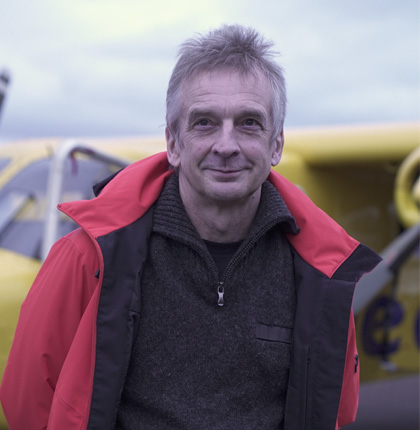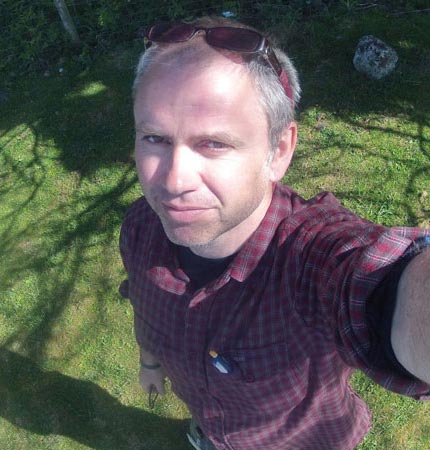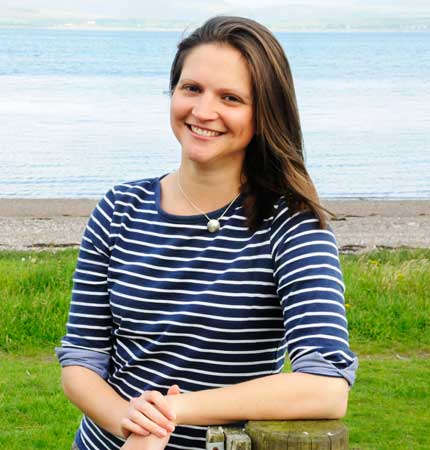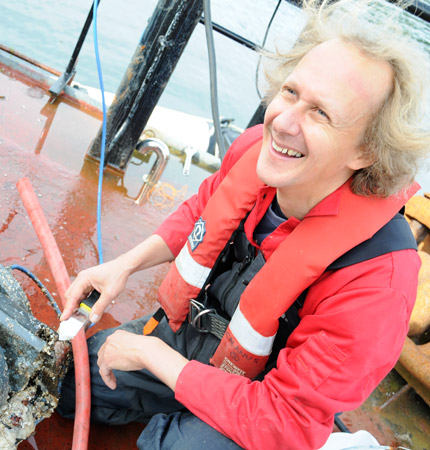Arctic marine ecosystems, Applied technology, Biological interactions and Consequences in an era of abrupt climate change
Collecting information over long time in remote places like the Arctic Ocean is a logistically complex and resource demanding activity. Satellites and electronic systems that work autonomously, i.e. without the need for constant human supervision, simplify research in this area that is logistically complex to access. They reduce the need for people to be present at the site and they are capable of gathering more information in a given time than what can be achieved during a brief ship-based field expedition. In this project, off-the-shelf electronic equipment is used to implement stand-alone sensors to address specific questions.
The environmental details that our autonomous instrumentation reveal will be complemented by solid in situ validation samples and experiments.
The biology campaigns of the project focus around three primary research themes:
- How do pelagic (water column) species perceive light, in particular during the long dark season?
- How, when and where do pelagic species conduct vertical migrations in a highly seasonal Arctic, especially during the dark season?
- Who is present and active under sea ice, in the winter, and what do they feed on?
Knowledge extracted from these campaigns is important to develop and improve model representation of Arctic processes. In Arctic ABC we will use models to test sympagic and pelagic life-history concepts. We will also use models to explore and project responses of Arctic ecosystems to climate change and ice cover reduction, in particular. Results from the modelling will be analysed in a geopolitical perspective where the interests of states as well as potential gaps in legal regimes for resource utilization will be addressed.
Role of SAMS
SAMS staff are co-developers of the drifting buoys designs (Anderson), investigating biological responses to variations in low light levels found during the polar night (Last, Hobbs), integrating the research activity across the ABC project (Cottier) and developing outreach films (Crabb).





